The Wild Life
An optimistic, curiosity-chasing show about the wonder and wildness of life, following the threads that connect us to the natural world. The Wild Life is, always has been, and always will be a show about the diversity of life within the animal kingdom, but it's about more than that. It's about connections. It's about how the natural world inspires our culture, movies, and technologies. It's about the patterns that persist throughout not just life, but the universe itself. It's about us. The Wild Life is a place for the curious, the adventurous, the hopeful, and the hopeless to discover the...
Field Guide of Wonder: The Aye-Aye
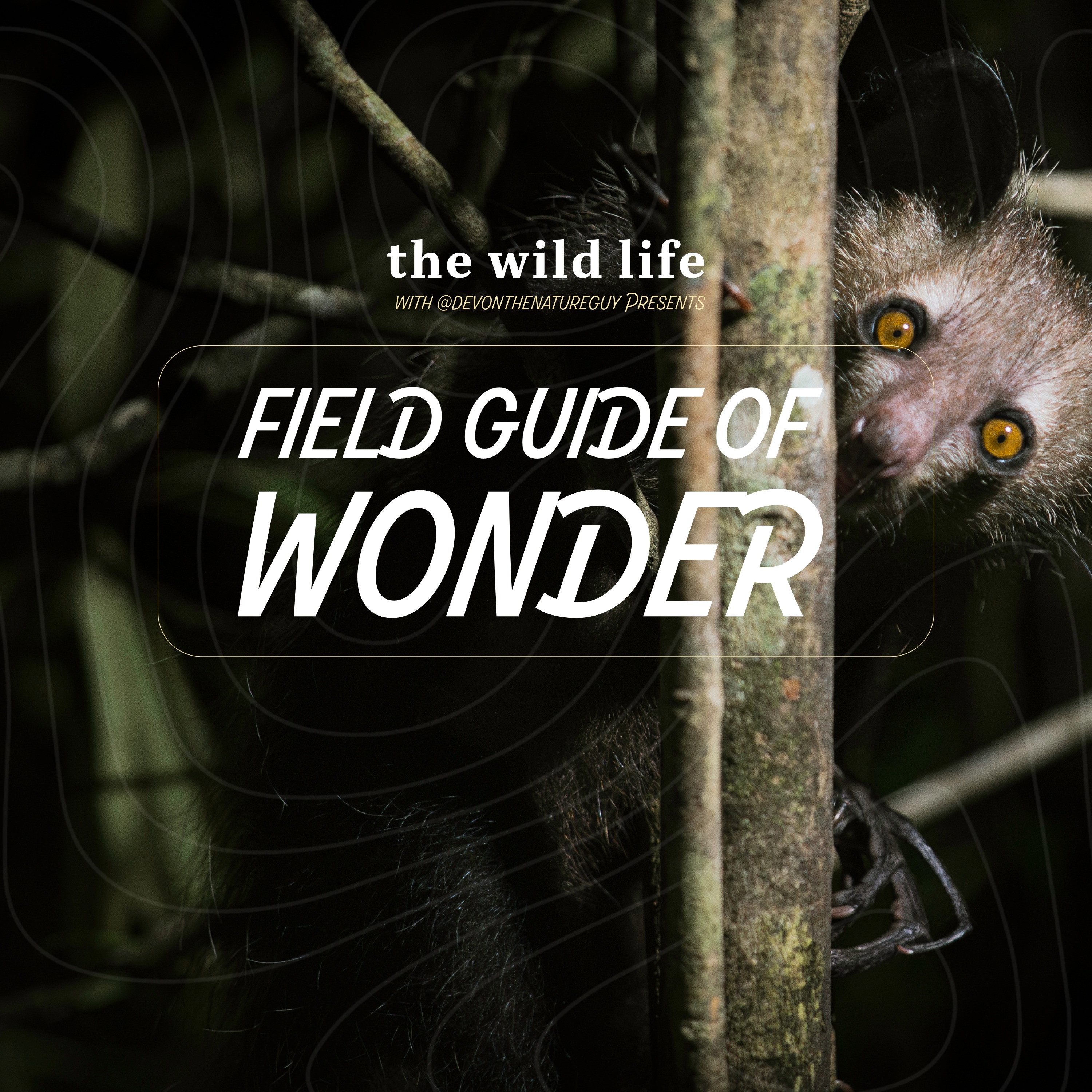
Meet the aye-aye (Daubentonia madagascariensis), a creature so strange that early scientists couldn’t even decide if it was a rodent, a squirrel, or… something entirely new. Native to Madagascar and the largest nocturnal primate in the world, the aye-aye sports perpetually growing teeth, a bat-like ear for echolocation, and a freakishly long, bony middle finger that can hook grubs from deep inside tree trunks—or, yes, pick its own nose.
In this episode, we dive into its percussive foraging superpower, its evolutionary mystery, and why it fills the same ecological niche as a woodpecker.
Field...
Field Guide of Wonder: The Capybara
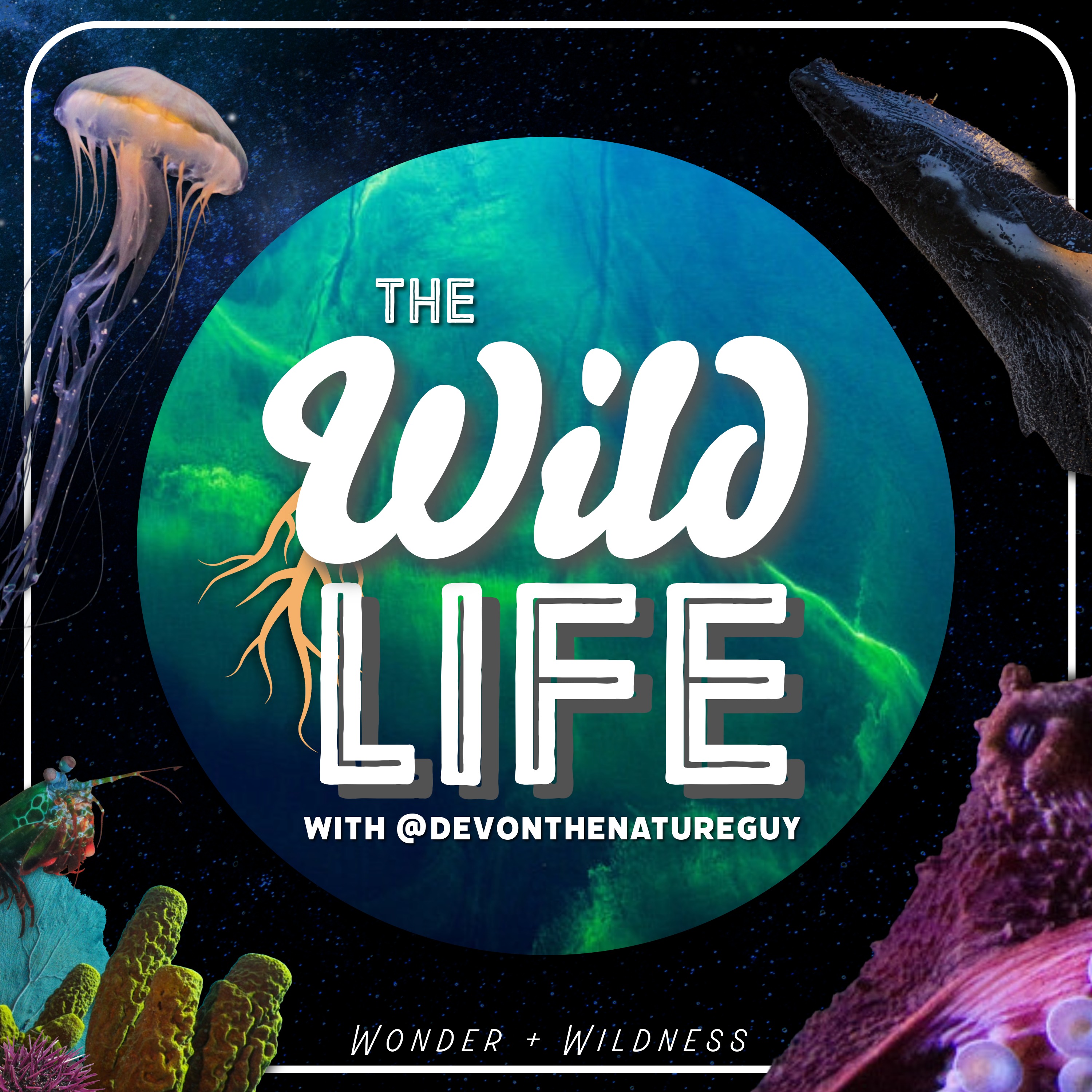
Meet the world’s largest rodent—the capybara (Hydrochoerus hydrochaeris), a creature so wonderfully chill it makes a golden retriever look high-strung. In this episode, we dive beyond the memesto explore what makes capybaras such an evolutionary success story.
We’ll talk:
Why “semi-aquatic social loaf of bread” might be the perfect lifestyleTheir remarkable teeth, digestive superpowers… and yes, why they eat their own poopThe wild variety of vocalizations they use to chat with each otherHow babysitting is a survival strategyThe surprising ways their biology connects to the ecosystems they live inFrom their South Americ...
Field Guide of Wonder: The Honduran White Bat

Hey everyone! I have some news to share 😊
Field Guide of Wonder—my social media video series— is getting a podcast companion!
And here is the first episode!
It'll be short, spectacular stories of the weirdest, wildest, most wonderful creatures on earth, in a format that hopefully gives these animals more room to stretch their wings, claws, pseudopods, or whatever it is they’ve got.
It’ll be bite-sized but packed with questions you didn’t know you had, facts that feel like magic, and connections that make this tangled web of life feel ev...
Go Green with Alexa Pavan
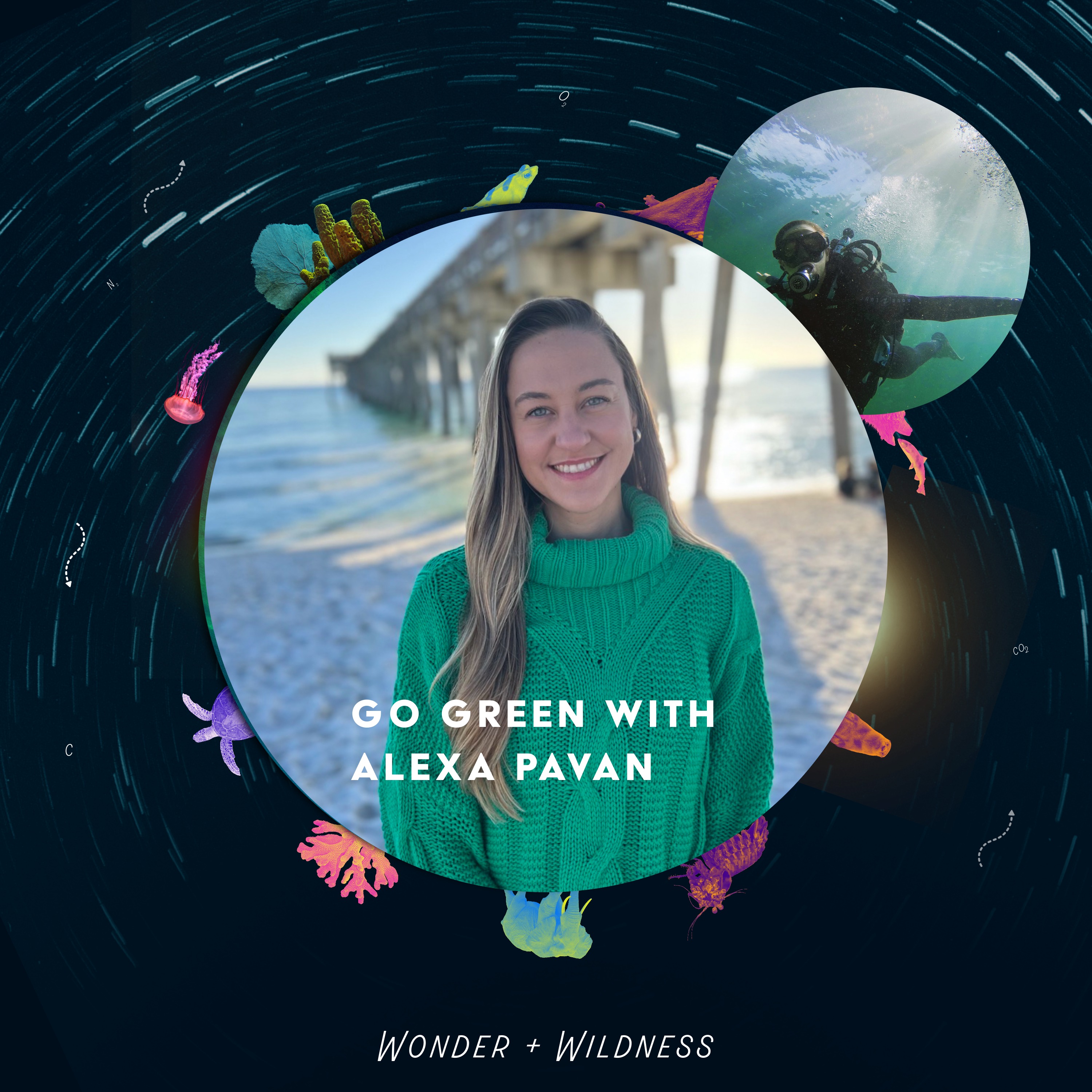
Hey everyone!
I’m really excited to share with you all my conversation with the thoughtful and inspiring Alexa Pavan, aka @GoGreenWithAlexa.
We dive into everything from accessible sustainability and composting, to coral bleaching, water bottles, and beach cleanups. It’s a chat about progress over perfection, the importance of small, everyday actions, and finding hope in the face of big, global challenges.
We talk:
🪸 Coral reefs and climate change♻️ Reducing waste without shame🌱 What it actually means to live sustainably💚 How individual choices can ripple outward🌍 Interconnectedness, agency, and actionable hopeIt’s full of...
Shells, Sunrises, and Side Quests with Emily Hunter
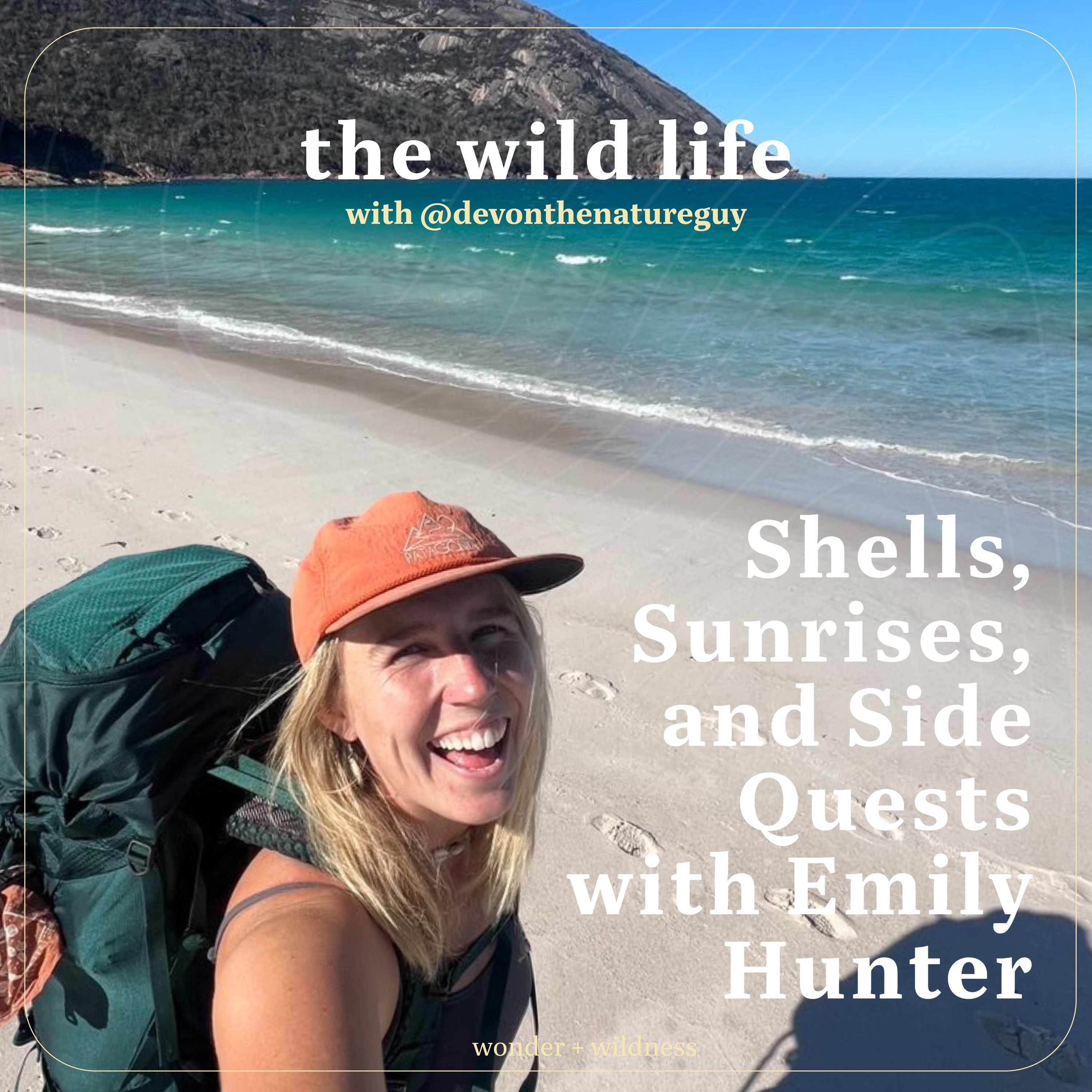
What happens when you follow curiosity wherever it leads?
In this episode of The Wild Life, I’m joined by Emily Hunter—a passionate environmental science educator, interpretation specialist, bushwalk guide, and nature communicator currently living and working along Australia’s Ningaloo Reef.
Emily shares her journey from being a "tree hugger" kid in Idaho to becoming a globe-trotting interpreter of nature's stories, using awe as a tool for connection. We explore the power of wonder as a precursor to knowledge, how interpretation helps break down scientific gatekeeping, and what it really means to talk on beh...
Archive of Wonder with Jay Meredith
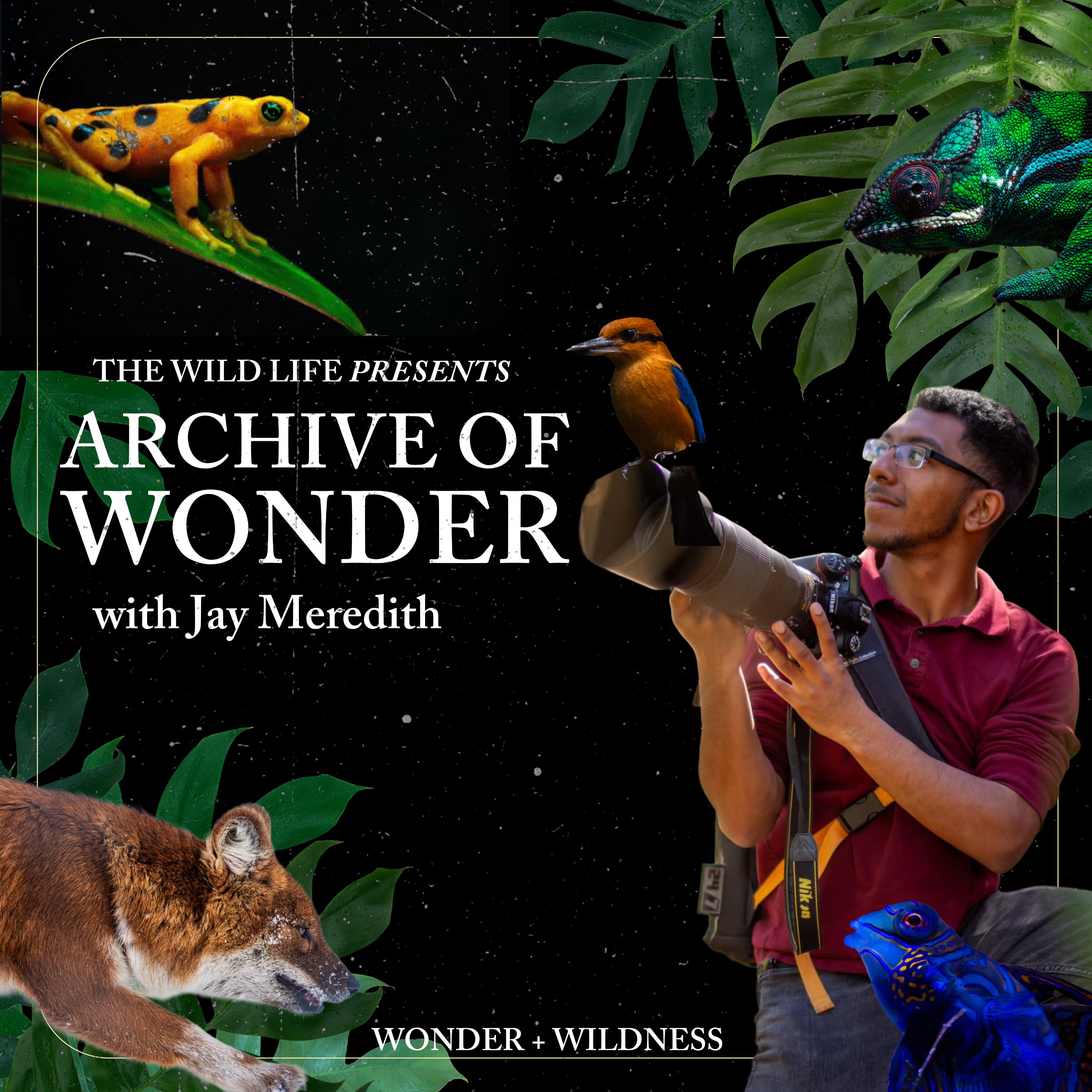
What do a gaur, an aardvark, a flattened musk turtle, and a Matschie’s tree kangaroo have in common?
They’ve all been photographed beautifully, reverently, and intentionally by my next guest—wildlife and zoo photographer Jay Meredith.
In this episode, Jay shares the story behind his incredible project, The Animal Archives, documenting over 1,000 animal species across accredited zoos, aquariums, and conservation centers. But this is more than a numbers game. It’s a mission to help people fall in love with the overlooked, the endangered, and the often-forgotten.
We talk about how Jay tran...
My Message for World Oceans Day

Today is #WorldOceansDay and I’m feeling a whole lot of things. Wonder. Grief. Hope. Determination.
The ocean isn’t just a place to visit. It’s not just a good backdrop for photos.It’s breath. It’s mystery. It’s the engine of life on Earth. And right now? It needs us.
This isn’t a doom post. It’s a love letter.
To the sea slugs and phytoplankton.
To coral metropolises and whales that sing.
And to whoever has felt small in the best possible way, standing in front...
Ancient Finds, Changing Times with Andrew Schwartz

What if the key to understanding our future was hidden in the teeth of creatures that lived millions of years ago? In this episode, we dive into the world of dental microwear with paleontologist Andrew Schwartz (@eyesonthedirt), who takes us from the fossil beds of ancient Wyoming to the jungles of Costa Rica and the highlands of the Wari Empire. Along the way, we uncover how past climate shifts reshaped life on Earth—and what that means for us today.
We explore:
How capuchin monkeys and ancient Andean civilizations left clues in their teethWhat the Paleocene-Eocene Th...Giant River Otters and Other Adventures with Kat Foree

Giant river otters are social, intelligent, and deeply connected to the health of their ecosystems—but what happens when their food supply starts to dwindle? In this episode of The Wild Life, we’re joined by Katherine Foree, a researcher studying how these apex predators use their habitat in the Madre de Dios region of Peru. With a Fulbright grant supporting both her research and cultural exchange, Katherine is three months into her work at Cocha Cashu Biological Station and preparing for a second study on the impact of fish depletion on otter food-sharing behaviors. We also dive into her...
Harvest Mice, 3-Legged Beavers, and Elephant Conflicts with Dylan Beckham

Joining The Wild Life today is Dylan Beckham! She spent two years as a zookeeper caring for all sorts of exotics, including reptiles, invertebrates, fish, emus, wallabies, genets and Eurasian harvest mice. As a herpetology enthusiast, she was surprised to find it was the mice that stole her heart. This led to the development of her independent research project investigating their nesting behaviors in captivity, before ultimately leaving the zoo to pursue her passion for wildlife research. She managed to fit in an adventure to Canada, where she interned at a wildlife rehab facility, wrestled raccoons, and fell madly...
Where There's Smoke, There's Fire—with Ross Barreto

Where there's smoke, there's fire. But when that fire tears through a landscape, what happens next? Today, we dive into the world of pyrophytic ecosystems—those that not only survive but thrive on fire. Our guide on today's journey is Ross Barreto, a master's student studying native plant population dynamics and spatial ecology. He's also an Urban Forester and likes to experiment with native plant propagation, seed production, and outplanting for restoration and horticulture purposes. We explore the role of fire in Florida's ecosystems, native plants, and the resilience of nature.
Follow Ross on Instagram @barross0505
...
Wildlife Cinematography with Jake Davis

Welcome to The Wild Life! On today's episode, we have a fascinating guest: wildlife cinematographer Jake Davis.
Jake’s career began by focusing on the wildlife of the Greater Yellowstone Ecosystem. Growing up, he spent his summers in Jackson Hole, Wyoming, where the Teton Range's jagged peaks and abundant wildlife fostered a deep love for nature and a desire to share and preserve it. Today, while Jake travels the globe to film the stories of vulnerable wildlife, the Greater Yellowstone Ecosystem remains his home.
As a cinematographer, Jake works on natural history productions for renowned pl...
Animal Ethics with Maggie Herskowitz

In this episode of The Wild Life, animal welfare scientist Maggie Herskowitz helps us navigate the tangled webs society has woven around the treatment of animals, both wild and domestic. Gray areas, moral calculations, trophy hunting, industrial-scale fishing and livestock, and the emerging field of conservation ethics. Our conversation spans a range of topics including sloth bears, baby chicks, wolves, porpoises, The Grind, social media's impact on monkeys, and the infamous case of Cecil the Lion.
Please be aware that this episode includes discussions about the death and killing of animals, mistreatment, and animal abuse, among other...
SciComm, Squids, and Staying Hopeful with Dr Carly Anne York

The world is full of science and, in turn, scientists, and not enough people who truly have that spark for communicating all of that discovery and wonder to the rest of the world. People like today's guest—Dr Carly Anne York (@BiologyCarly). She's an Associate Professor at Lenoir-Rhyne University, an Animal Physiologist, a Science Communicator, and an Author.
Today, science communication, children’s books, squid physiology, mindblowing animal facts, things that are true that are hard to believe, academic and environmental activism, holding onto hope in a world that seems insistent that we shouldn’t, and advice for fu...
Carnivore Ecology with Aidan Branney

Welcome to The Wild Life, the podcast where we explore the wonders of the natural world and the science that helps us understand it. In this episode, we have an extraordinary guest: Aidan Branney. When we first recorded this interview nearly a year ago, Aidan was working as the large carnivore scientific aid for the California Department of Fish and Wildlife. Today, he’s a Presidential Research Fellow at the University of Georgia, where he studies large carnivores including lions, leopards, cheetahs, and spotted hyenas in Etosha National Park in Namibia.
In this episode, we delve into Ai...
Feathers, Fossils, and Old Friends with Dr Tiffany Slater

17 years ago, I was a 14 year old attending Connor Middle School in Hebron, Kentucky. Small little town, just across the Ohio River. In 2018, I moved away, back down to Houston, TX. But in the few years I was there, I met and became friends with some of the most amazing people, most of which I lost contact with over the years
Then one day, sometime last year or so, a familiar name popped up on my feed—an old friend, and today’s guest.
On today's episode, Dr Tiffany Slater tells us all about her amaz...
Secrets of the Octopus with Sy Montgomery and Warren Carlyle

From their three hearts to their ability to transform and communicate, discover the extraordinary world of octopuses with host Devon Bowker and special guest Sy Montgomery, the "octopus whisperer" herself, and octopus expert Warren Carlyle, founder of OctoNation®. In a new adventure, Secrets of the Octopus, they dive deep into the secrets of the ocean's most enigmatic creatures, exploring the latest revelations in octopus research and conservation efforts. With captivating storytelling and stunning visuals, the pair uncover why these creatures are worthy of our admiration and protection.
Secrets of the Octopus | Book
TRAILER| Secrets of t...
The Joy of Working with Wildlife with Lauren Jackson, Queen of the Wild

In this episode, Devon (@devonthenatureguy) sits down with Lauren Jackson (@lauren.queenofthewild on Instagram and HERp_trap_queen on TikTok) to chat about becoming a wildlife tech, woodpeckers, federal jobs, the friction of private land, scicomm and education, battles big and small, and above all else, love for the world around us.
Support the show at www.patreon.com/thewildlife for as little as $1 per month
Cephalopods and SciComm with Octopus Biologist Meg Mindlin

Today’s episode, social media SciComm, all things cephalopod, their super cool brains, their mind-blowing camouflage, RNA editing, peculiar romances, underappreciated "living fossils", and why octopuses are most definitely not aliens. All with special guest Meg Mindlin, Octopus Biologist
Meg's Website
Save the Ocean, Save the World Hoodie
Meg's Sticker Club
Support The Wild Life
A World of Wasps with Eric Eaton

In this episode, I sit down with Eric Eaton, author of Insectpedia: a Brief Compendium of Insect Lore, Wasps: The Astonishing Diversity of a Misunderstood Insect, and more!
Wasps are far more diverse than the familiar yellowjackets and hornets that harass picnickers and build nests under the eaves of our homes. These amazing, mostly solitary creatures thrive in nearly every habitat on Earth, and their influence on our lives is overwhelmingly beneficial. Wasps are agents of pest control in agriculture and gardens. They are subjects of study in medicine, engineering, and other important fields. Wasps pollinate flowers...
Revisited: Nature's Vampires with Dr Marie Lisandra Zepeda-Mendoza

This episode, which originally aired on March 24 2018, takes us all the way from Copenhagen to the rainforest of South America, from the belly of the beast to its excrement, as we explore nature’s Vampires.
Our guest is Dr Marie Lisandra Zepeda Mendoza, who had recently finished her postdoc in Copenhagen, Denmark and whose recently published research on vampire bats and how they survive on such a peculiar diet is at the center of this story.
If you'd like to support the creation of this show, the blog, and my science communication efforts on social me...
Shark Conservation with Dr Alexandra McInturf

Sharks are in the water. But is the ocean shark-infested, or shark-depleted? I sat down to talk with Dr Alexandra McInturf to find out.
Learn more about Alexandra and her work
Papers Referenced:
Half a Century of Global Decline in Sharks and Rays
Half a century of rising extinction risk of coral reef sharks and rays
Global catches, exploitation rates, and rebuilding options for sharks
Bycatch Solutions
NOAA Link
Revisited: Busting Bat Myths and Mistruths with Liz Dengate

Another stroll down memory lane as I revisit the second-ever guest episode of The Wild Life, Myth-Understood: Busting Bat Myths and Mistruths with Liz Dengate from March 6th of 2018.
If you'd like to support the creation of this show, the blog, and my science communication efforts on social media, you can do so for as little as $1 per month at www.patreon.com/thewildlife
This week we focus on an animal that has been the victim of superstition and fear for thousands of years. Despite what many believe, these creatures are extremely important to our...
Revisited: The Mystery of Zebra Stripes with Dr Tim Caro

This was the first ever episode of The Wild Life back in 2017, and it was never supposed to happen. That's right, The Wild Life, as a podcast, was an accident. The result of a series of unfortunate events. But that's life, isn't it? It happens in the most unexpected of ways. I never imagined that this is where I would be today, and I'm so incredibly grateful for the experience and all those who have been a part of it, as guests, as listeners, and as people who believed in the work I was doing and helped me to...
Reintroducing The Wild Life + The Path Forward

It's been awhile. I think it's time for some reintroductions.
I've spent a lot of time over the past year, 6 years really, reflecting on the journey so far, the ups and downs, the struggles, the wins, the change (oh, so much change), and I think I've finally landed comfortably with where I am and what I want this to be. I look forward to sharing my work and the perspectives of scientists from around the world with you every Wednesday as we explore the natural world, the dizzying amount of connections we share to it and each...
SHORT | Do Ticks Fall From Trees?

Ticks, for as small as they are, strike a disproportionate amount of fear and disgust into our hearts and minds (no matter what good they might do!). Perhaps it’s their arachnid nature. Maybe it’s the fact that they burrow their creepy mouthparts into your body and feast off of your blood. Oh yeah, and there’s Lyme Disease and the ever-increasing red meat allergies. Whatever the reason, one thing’s for certain— nothing quite warps our conceptions of reality like fear.
For example, there’s a common misconception that ticks fall from trees and drop onto unsuspe...
SHORT | Can Porcupines Shoot Their Quills?

While it's true you should keep your distance, is there any truth to the tale of a tenacious porcupine shooting their quills?
Have a question you want answered on the show? Send them over to hello@thewildlife.blog!
Have your voice featured on the show when you send a voice memo recorded directly on your phone!
Support the creation of The Wild Life for as little as $1 per month at www.patreon.com/thewildlife
Transcript
SHORT | Why Do Worms Come Out When It Rains?

Unfortunately, we can’t ask the worms directly, but it turns out that plenty of scientists have been asking this very question for, well, a very long time. Today, we explore the leading hypotheses for what drives worms to the surface for these rainy-day adventures.
Have a question you want answered on the show? Send them over to hello@thewildlife.blog!
Have your voice featured on the show when you send a voice memo recorded directly on your phone!
Support the creation of The Wild Life for as little as $1 per month at ww...
SHORT | How a Puffin Problem Led to the Creation of a Star Wars Icon

Star Wars is as much a product of human ingenuity as it is a space odyssey. Just look at how they solved the Puffin Problem.
Have a question you'd like answered on The Wild Life? Email me at hello@thewildlife.blog.
You can even have your voice featured by sending a voice memo recorded directly on your phone!
You can support the creation of The Wild Life for as little as $1 per month at www.patreon.com/thewildlife AND get exclusive perks as a bonus :)
Transcript
Wide-Eyed | Why Goats & Cuttlefish Have Weird Shaped Pupils

Who doesn’t love goats? Especially baby ones. Their gait, their bleat, their tiny horns. But there comes a time in any goat interaction I’ve had where we lock eyes and I’m struck with a mixture of curiosity and unease.
On today's episode, why goats have rectangular pupils, their auto-leveling eyes, and a surprising connection to cuttlefish!
Transcript
Support The Wild Life
Check out Avast! and Planthropology
Polar Bears and the Illusion of Color

Most would agree that Polar Bears are white, but there's more to the story than things may appear.
Transcript
Support The Wild Life at https://www.patreon.com/thewildlife for as little as $1 per month
and check out Avast!, a pirate pod from my friend Paul Csomo
NEWS: New Study Suggests the Dugong is 'Functionally Extinct' in China

According to a paper published on August 24th, 2022 in the journal Royal Society Open Science, the Dugong is now “functionally extinct” in China. These gentle marine mammals, sometimes referred to as sea cows, are one of four species of the order Sirenia. They are the cousins of the Amazonian manatee, West Indian manatee, West African manatee, and the now extinct Steller’s sea cow. These peaceful creatures invoked myths of mermaids and fantasy, existing in Chinese waters for thousands of years. Now, because of habitat loss, food loss, hunting, and collisions with watercraft, the Dugong is now one step closer...
SHORT: Can Other Animals Get Sunburns?

Ask yourself, when was the last time you saw a roseate rhinoceros, a bronzed bunting, or a peeling porcupine? Can other animals get sunburns?
Transcript
Support The Wild Life
SHORT: Crocodiles Would Bankrupt the Tooth Fairy

Crocodiles are known to be notoriously cantankerous creatures, but what’s less known is this crazy fact about Crocodile teeth–they can go through up to 4,000 teeth in their lifetime!
Transcript
Support The Wild Life
SHORT: Why do Hedgehogs have Spikes?

Hedgehogs are easily one of the most unmistakable little critters out there, but how much do you know about them? Sonic is (somehow) a hedgehog, but they’re not really known for being quick on their feet. They’re irrefutably adorable, sometimes pets, and prickly little fellas that roll themselves up like a pill bug, but what else? Where are they native to? What do they eat? Why do hedgehogs have spikes?
Transcript
Support The Wild Life
SHORT: Sea Otters Have Secret Skin Pockets in Their Armpits

Yes, you read that right. Move over marsupials, you’re not the only mammals with skin pockets.
Transcript and memes
Support
Class: The Demo Model (DEMOSPONGIAE)

The basic idea behind the theory of evolution behind natural selection is this: if you get eaten or otherwise die before you’ve had the chance to reproduce then your genes, or traits, don’t get passed on. It’s a dead end. But if you survive… some of your traits get passed down to a new generation. Maybe you were just a bit faster than the other wildebeest. Maybe your coloration gave you better camouflage than some of the rest. Who knows? It could be a ton of things. The point is, over time, these little changes in the prop...
Class: The Art of Glass (Hexactinellida)
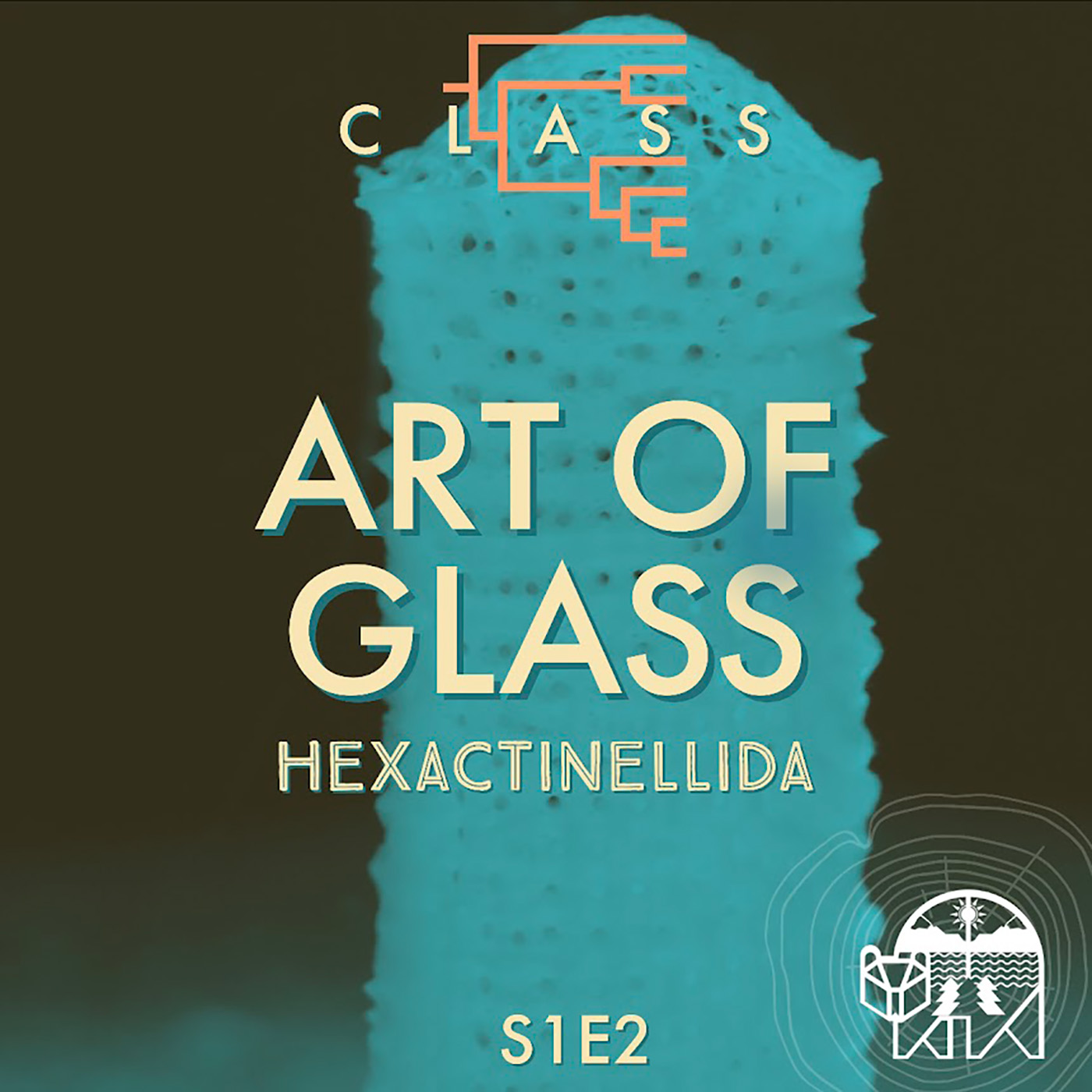
In October 2020, Ocean Exploration Trust’s E/V Nautilus crew discovered something extraordinary—vast clusters of glass sponges
Glass sponges in general are a rare sight, but what made this discovery even more surprising is where they were found.
Beginning just 25 miles off the coast of California, The Channel Islands National Marine Sanctuary is a 1,470 square mile refuge for wildlife as well as a human heritage site.
Regions where the ocean floor can be found just 1,000 feet or so below, like Footprint Ridge and the Piggy Bank, have been pretty thoroughly explored.
But...
Class: The Sponge Plunge
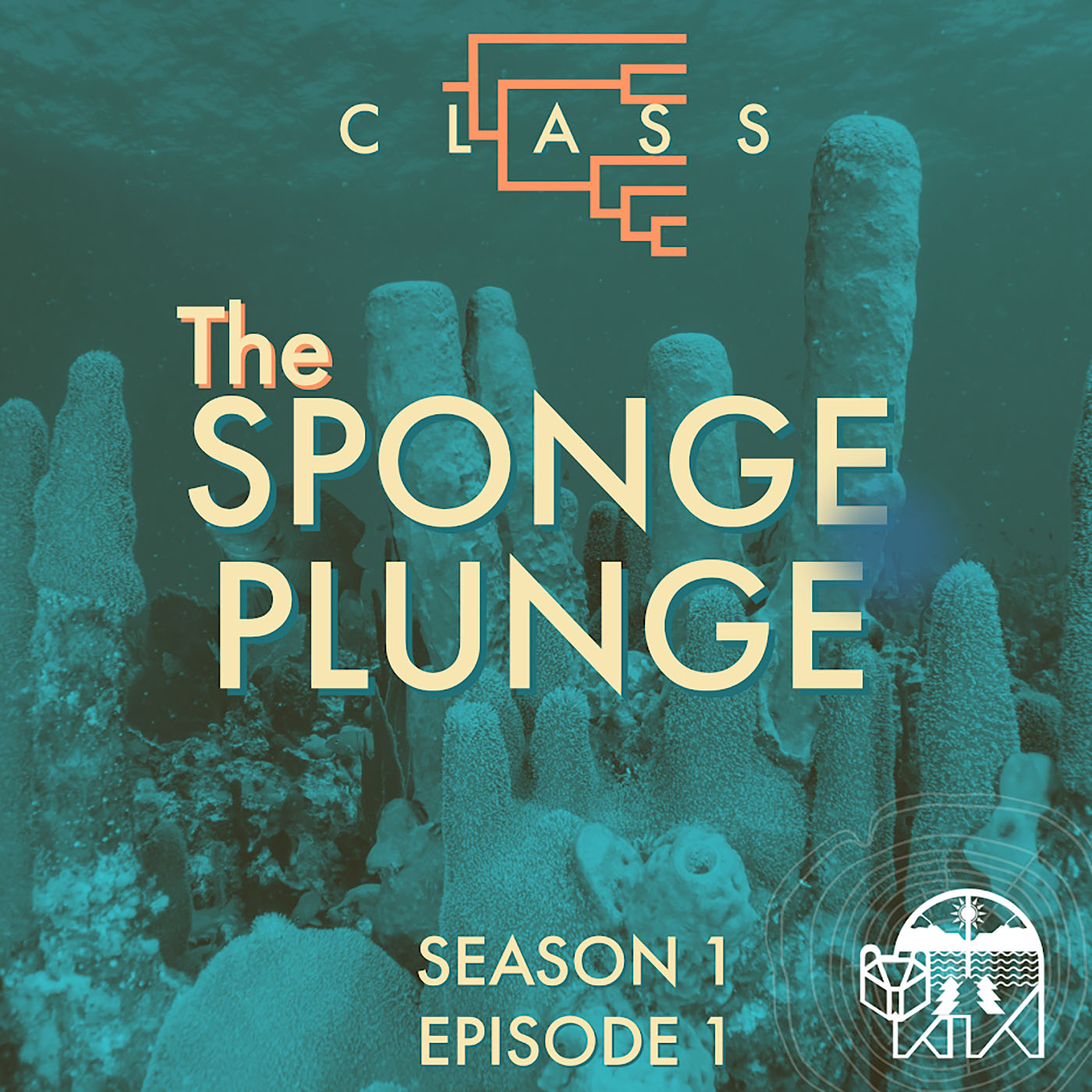
This season on Class, a deep dive into the amazing life history of sponges. starting with getting to the bottom of what exactly a sponge is!
Transcript
Support
New Series Preview: Class

The first episode is coming this week!